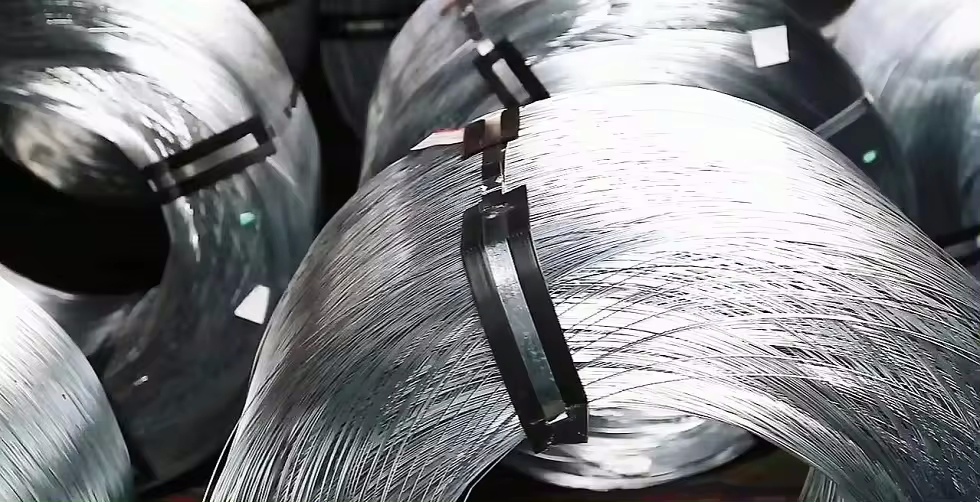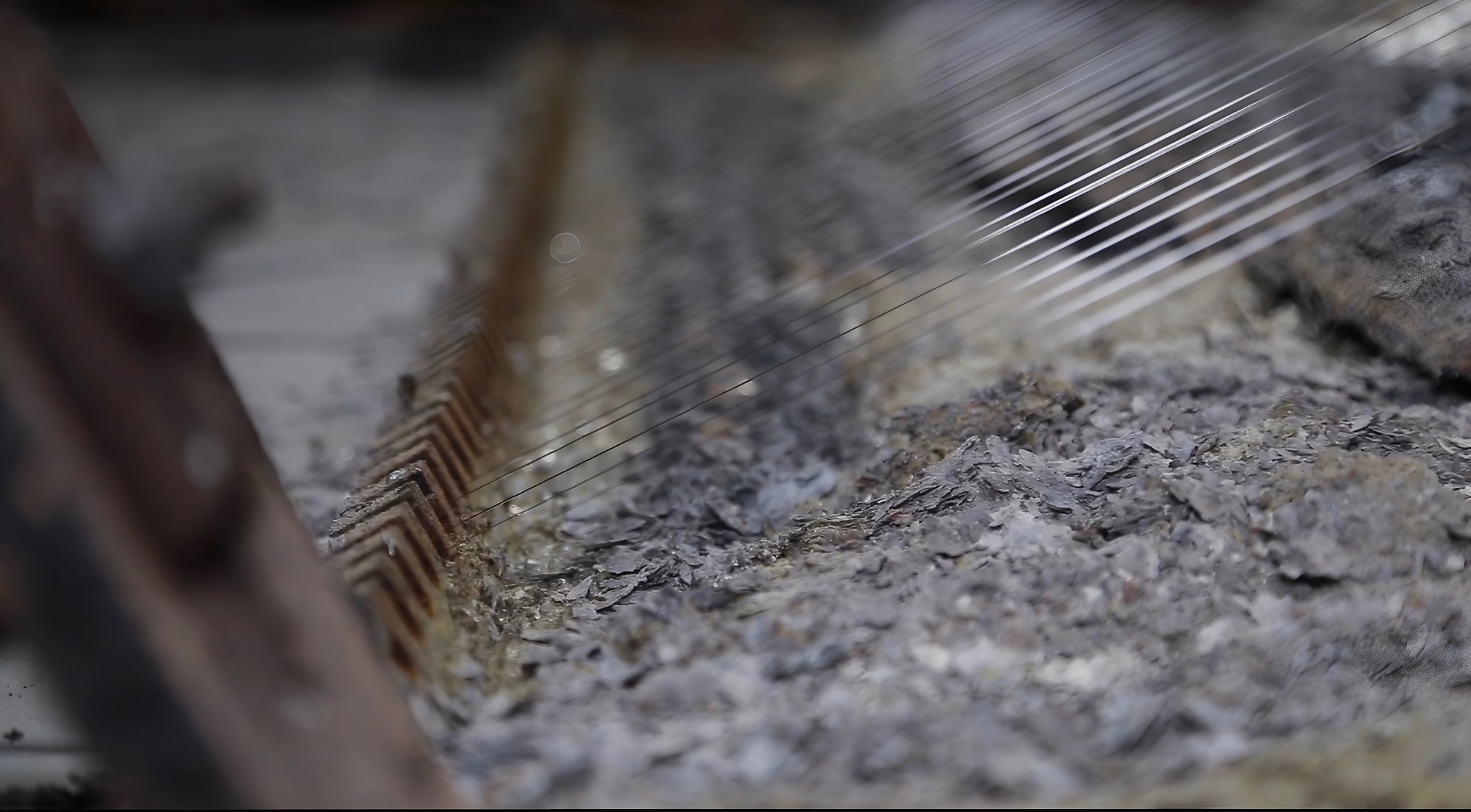The Significance of Measuring Resistance in Galvanized Wire Applications
Release time:
2025-01-17
During the production of galvanized wire, resistance measurement helps to assess the quality. The resistance value is related to factors such as the purity of the material and its crystal structure.
- Quality control
- During the production of galvanized wire, resistance measurement helps to assess the quality. The resistance value is related to factors such as the purity of the material and its crystal structure. If the purity of the raw material of the galvanized wire does not meet the requirements or excessive oxidation occurs during the galvanizing process, its resistance value may deviate from the normal range. By measuring the resistance value, non - conforming products can be screened out.
- For different specifications (such as different diameters) of galvanized wire, the standard resistance value range is different. Measuring the resistance value can ensure that the product meets the corresponding specification standards. For example, in the case of galvanized wire used in construction, if its resistance value is abnormal, it may affect its electrical properties in the concrete structure, such as the lightning protection and grounding effect.
- Safety evaluation
- Galvanized wire is used in some electrical equipment and electronic components. Measuring its resistance value can evaluate its safety in the circuit. If the resistance value is too high, excessive heat will be generated when current passes through (according to Joule's law , where is heat, is current, is resistance, and is time), which may lead to safety accidents such as fire.
- For example, in some equipment that requires grounding, the galvanized wire, as a grounding material, must have a resistance value within the specified safety range to ensure that when the equipment has a leakage fault, the current can be quickly led into the earth to ensure the safety of personnel and equipment.

- Performance optimization
- For the situation where galvanized wire is used for signal transmission, such as in the signal lines of some sensors, the resistance value will affect the degree of signal attenuation. By measuring the resistance value, it can be optimized to reduce the loss during signal transmission and improve the accuracy and efficiency of signal transmission.
- In the application of electromagnetic shielding, the resistance value of the galvanized wire is also crucial. An appropriate resistance value helps to form a good electromagnetic shielding effect, preventing external electromagnetic interference from entering the shielded area or preventing internal electromagnetic signals from leaking out.
- Material research and selection
- Researchers can study the physical and chemical properties of galvanized wire by measuring its resistance value. Different galvanizing processes (such as hot - dip galvanizing and electro - galvanizing) will affect the microstructure of the galvanized wire and then its resistance value. By comparing the resistance values of galvanized wire under different processes, the most suitable galvanizing process for a specific application can be selected.
- During the development of new products, it is necessary to select suitable galvanized wire according to the actual application scenario. For example, when designing an electronic device that requires high - precision resistance, by measuring the resistance values of galvanized wire from different manufacturers or different batches, materials that meet the requirements can be selected for product manufacturing.

Additional Refernece
-
What are the Quality Standards of Galvanized Wire
- What Are The Connection Methods Of Galvanized Steel
-
Wire-strain gauge Definition & Meaning
-
What is Galvanized Steel? (with pictures)
Keywords:
More information






